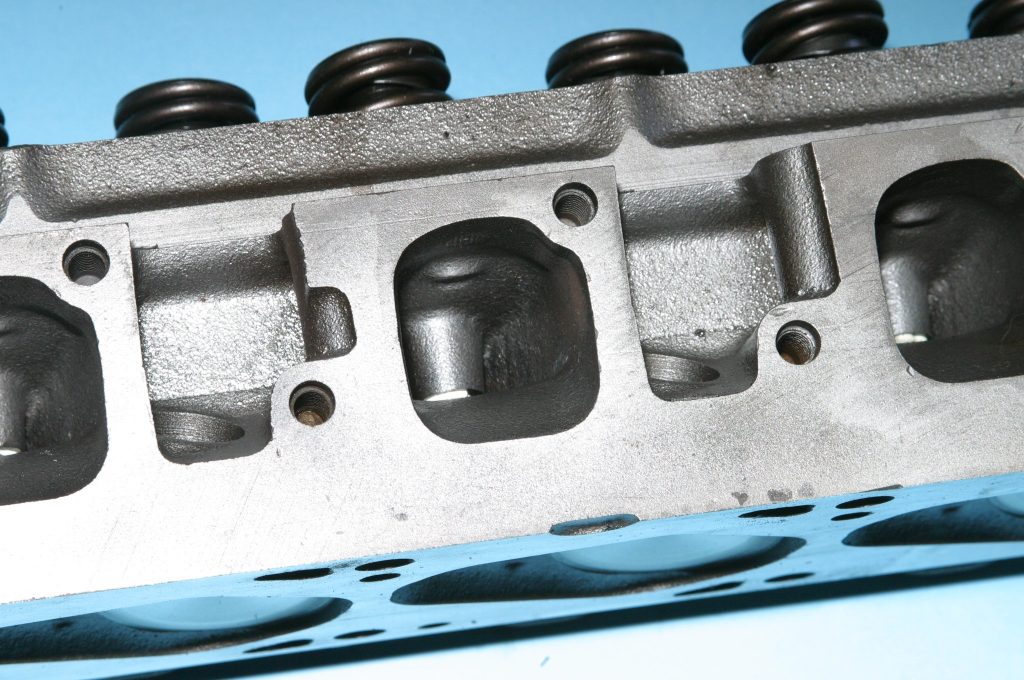Q: How is exhaust runner volume measured and how does it affect performance?
…
A: Exhaust runner volume is the measure of the passage from the exhaust valve to the manifold mating flange on cylinder heads. It is expressed in cubic centimeters (cc).
How is it measured?
For aftermarket heads, the easiest way to find the runner size is to look it up online. Most cylinder heads for sale will list the exhaust runner volume.
For OEM heads or ones that have been machined, you will need to measure the exhaust runner.
How does exhaust runner volume affect performance?
The exhaust runner is almost always smaller than the intake runner. On its own, the exhaust runner often flows 15-40 percent less than the intake.
However, it works because emptying the cylinder is easier than filling it.
When designing cylinder heads, engineers are limited by the space they have to work with. However, they optimize performance by:
- Tuning runner length to promote exhaust scavenging.
- Tuning runner diameter to maintain flow velocity without restricting flow volume.
Exhaust runner volume is far less important than the intake runner volume.
Other factors, like the header primary tubes, will have a much bigger impact on exhaust flow than the runner volume in the head.

…
This is another in a series of weekly Q&A Mailbag sessions with Summit Racing‘s tech department, in which there are hundreds more. Click here to see them all.

So before VVT was it common to add more valve for better and more efficient performance ie. 3 valve or 4 valve? Once VVT was manipulated then is there any reason to have more valves?